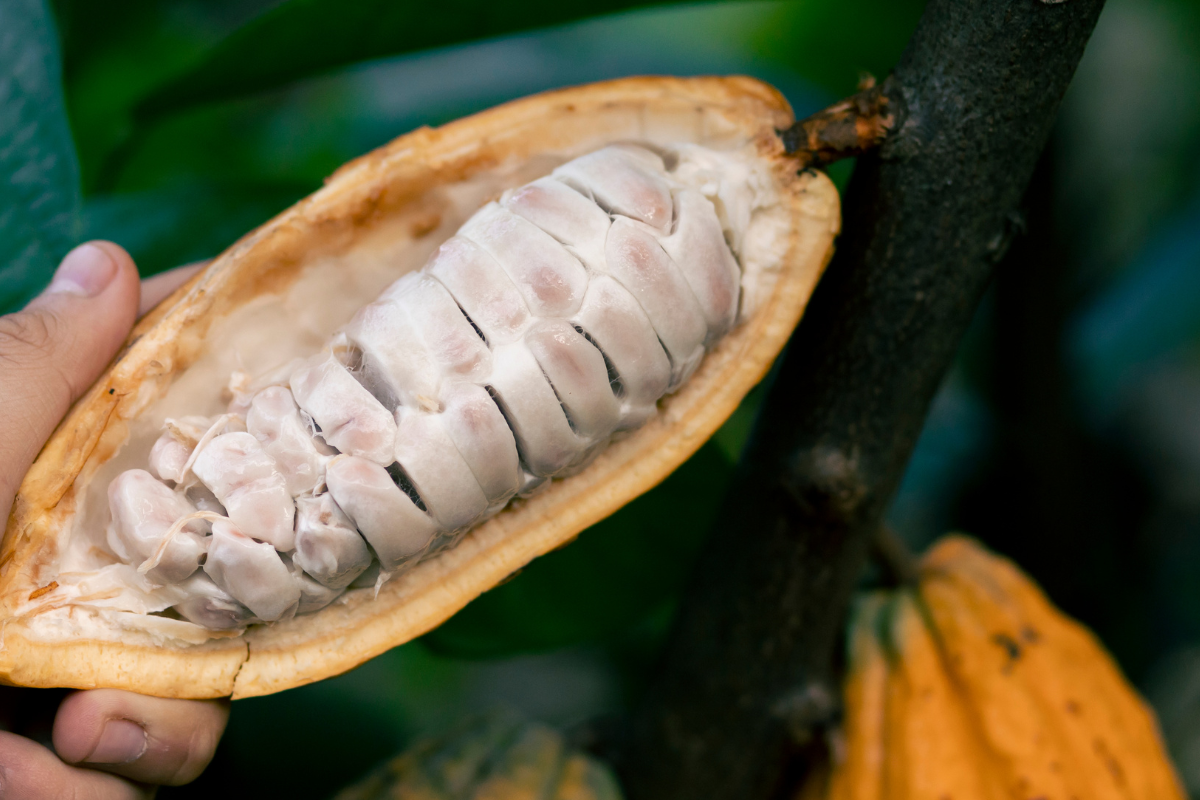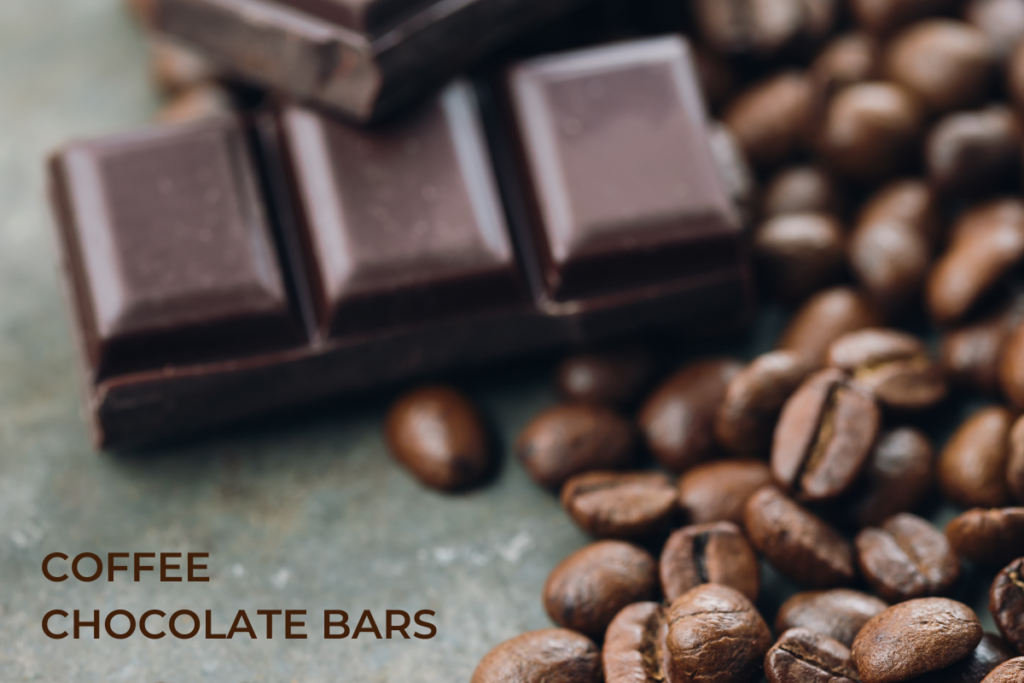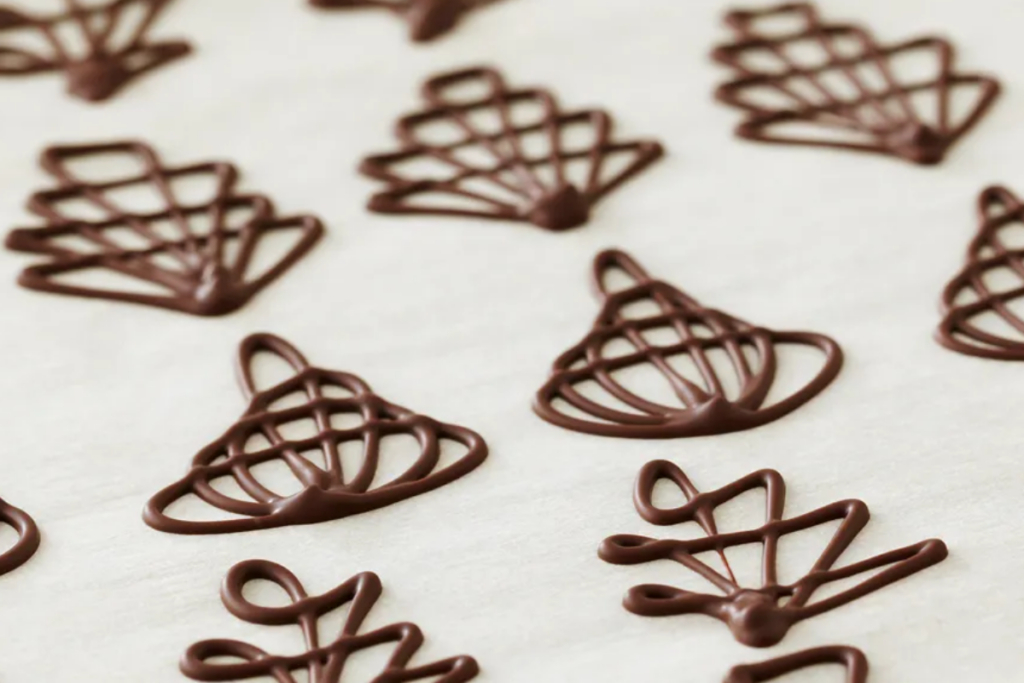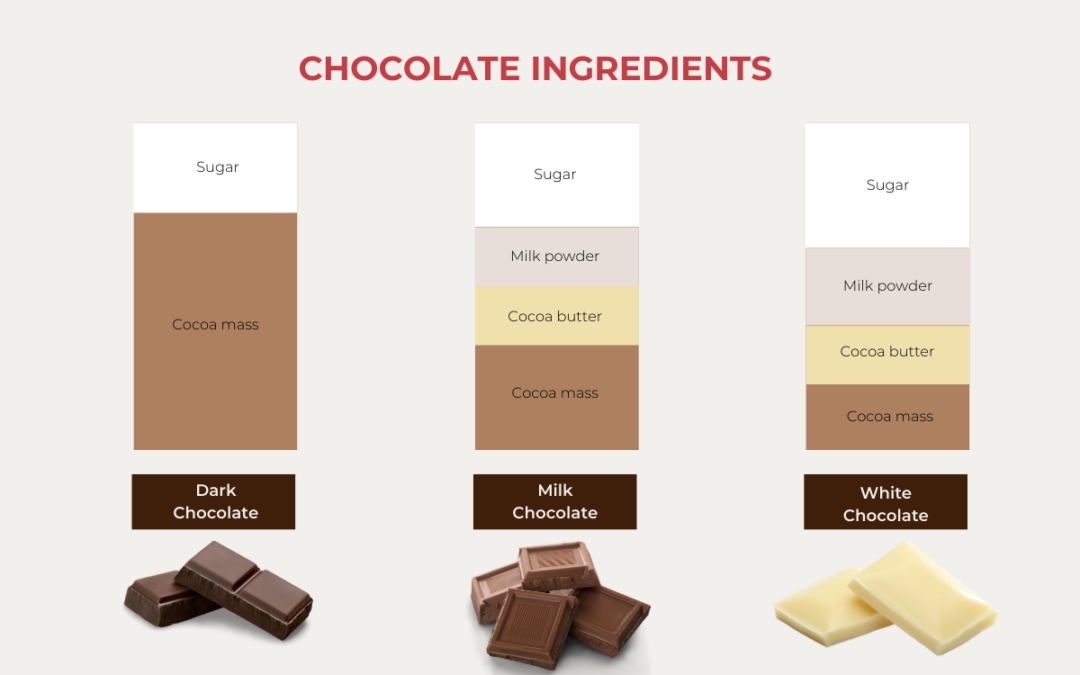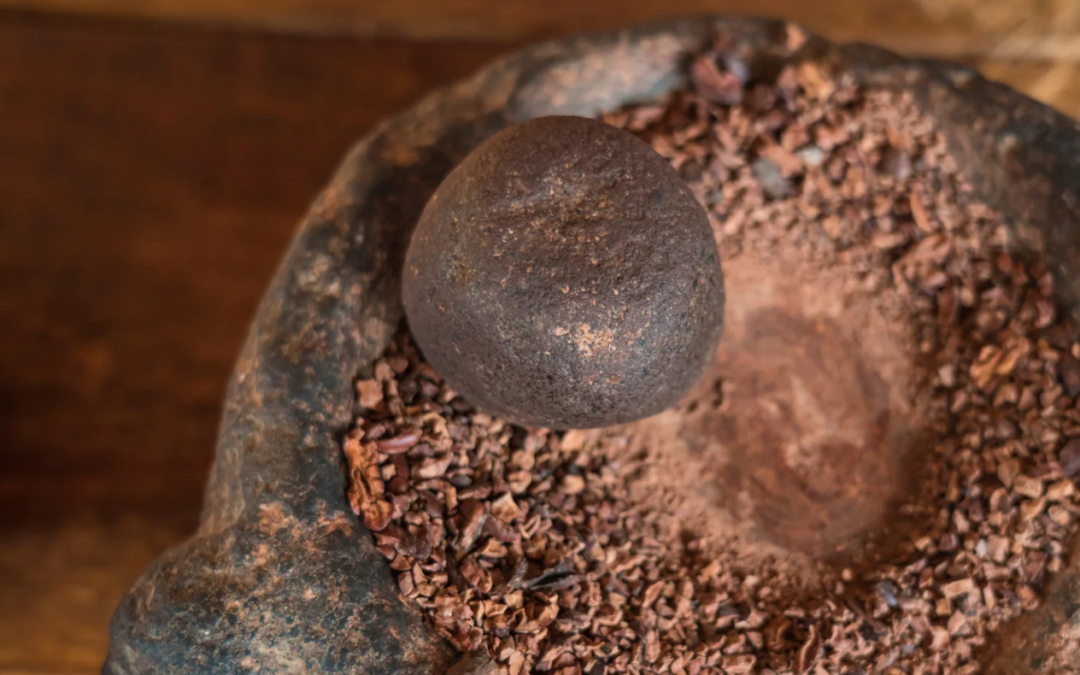Cacao pulp is a lesser-known but no less interesting part of the cacao fruit, the same fruit used to make chocolate. While many people know about cacao beans, the seeds from the cacao fruit that are used to make chocolate, fewer people know about the equally delicious cacao pulp. The pulp is the juicy, sweet, and tangy flesh surrounding the seeds inside the pod. This tropical treat has been enjoyed for centuries in cacao-growing regions, but it’s only recently gaining recognition for its unique taste and health benefits. In this article, we’ll look at what cacao pulp is, how it’s used, and why it’s becoming popular in drinks and gourmet dishes.
What is cacao pulp?
Cacao pulp is the juicy part of the cacao pod that surrounds the seeds, more commonly known as “cocoa beans.” The technical name for this sweet seed coating is “mulilage.” It is also known as “baba” or “baba de cacao” in Spanish speaking countries. It has a sweet, slightly tangy flavor, often compared to tropical fruits like lychee, mango, or pineapple. While cacao beans are mainly used for making chocolate, the pulp has been enjoyed for years in cacao-growing regions as a refreshing snack or in drinks. Recently, cacao pulp has gained more attention for its use in foods and beverages.
Where does cacao pulp come from?
Cacao pulp comes from the cacao pod, the fruit of the cacao tree (Theobroma Cacao), which grows in tropical areas near the equator, especially in Central and South America, West Africa, and parts of Southeast Asia. Inside each pod, there are approximately 30-50 cacao seeds that are strung together from the top of the pod. These seeds are surrounded by a thin, soft, white coating which is the pulp This pulp can be removed from the seeds and collected for use in other products.
The role of cacao pulp
When the cacao pod is fully mature, the pulp inside is at its peak sweetness. And while the beans are mainly used for chocolate, the pulp can also be harvested and enjoyed for its sweet, tangy flavor in various foods and drinks. However, it can’t all be removed since the pulp plays an important role in the fermentation step that the beans must go through before they can be turned into chocolate. This is a crucial step in the chocolate-making process that has a significant impact on the ultimate flavor of the chocolate. The sugar in the pulp feeds the fermentation process that transforms the coco beans and develops their chocolate flavor (yeast eat sugar and turns it into alcohol).
The sweet cacao pulp plays another significant role in that it attracts forest animals who will eat the pulp and scatter or swallow the seeds which helps disperse them throughout the forest. This is one of the primary ways that cacao trees naturally propagate.
Uses of cacao pulp
Cacao pulp has several uses, both traditional and modern:
- Beverages: In cacao-growing regions, the pulp is used to make refreshing drinks, juices, and even alcoholic beverages like cacao wine or brandy due to its sweet, tropical flavor.
- Fermentation: The pulp plays a key role in the fermentation process of cacao beans, which is essential for developing the flavors in chocolate.
- Food Products: Cacao pulp can be used to make juice, popsicles or added to smoothies, yogurts, and desserts for a natural sweetener with a tropical twist.
- Snacks: The pulp can be dried to make a fruit leather or freeze dried to make a sweet, crunchy snack.
- Natural Sweetener: Due to its high sugar content, it can be dried and powdered to make a natural sweetener that can be used in recipes, reducing the need for refined sugars.
- Cosmetics: Cacao pulp’s antioxidants and nutrients make it useful in skincare products, where it is sometimes added for its hydrating and anti-aging properties.
Cacao pulp is becoming more popular globally as people discover its unique flavor and versatility. Here are a few innovative companies to look out for:
- Xoca offers a one-of-a-kind, all-natural prebiotic soda made from cacao pulp.
- Blue Stripes takes sustainability to the next level by upcycling the entire cacao fruit.
- Pacha de Cacao delivers 100% natural, nutrient-packed cacao juice, crafted from fresh cacao fruit grown in Ecuador.
How to source and use cacao pulp
As cacao pulp gains popularity, sourcing and using it has become a little easier. In regions like Central and South America, West Africa, and Southeast Asia, fresh cacao pulp is often available in local markets. For those outside these areas, frozen or pureed cacao pulp can now be found in specialty stores and online. Some cacao producers even offer the pulp as a byproduct of chocolate-making, with many providing ethically sourced options.
Once you have cacao pulp, there are plenty of ways to use it. It adds a sweet, tropical flavor to smoothies, juices, or cocktails and can be fermented into drinks like cacao wine. Its natural sweetness also makes it a great ingredient for desserts like sorbets, ice creams, and yogurts, or as a way to reduce refined sugars in baked goods such as cakes, muffins, and pastries. Fresh or frozen cacao pulp can also be enjoyed with fruit for a quick snack. With its tangy, sweet taste and versatility, cacao pulp is an exciting ingredient to try in various recipes.
For more great articles and recipes, check out the rest of our CocoTerra blog.
If you have any questions or comments, feel free to contact us through our social media channels. We are @cocoterra_co on Instagram and Pinterest and @cocoterraco on X (aka Twitter) and Facebook.

